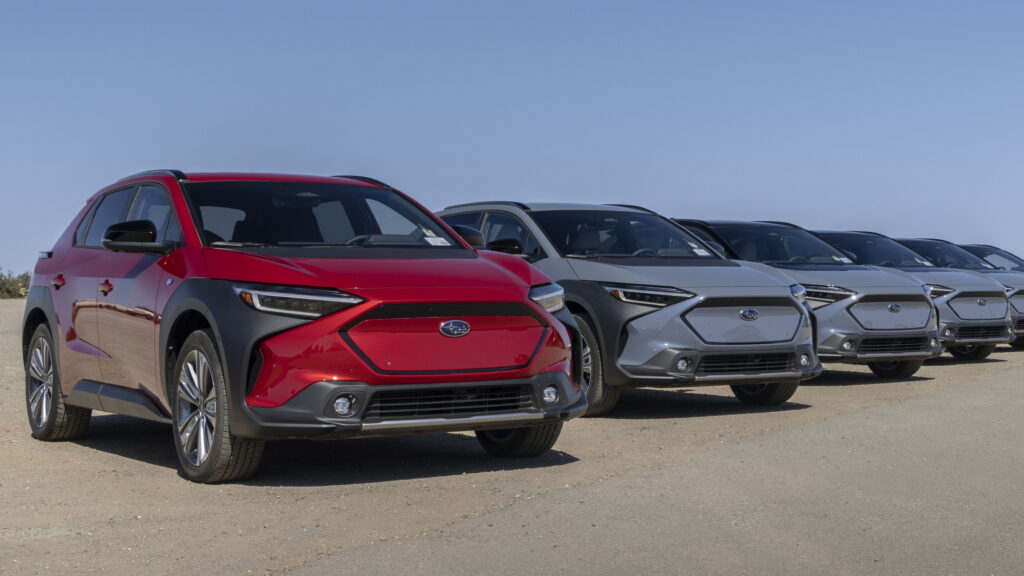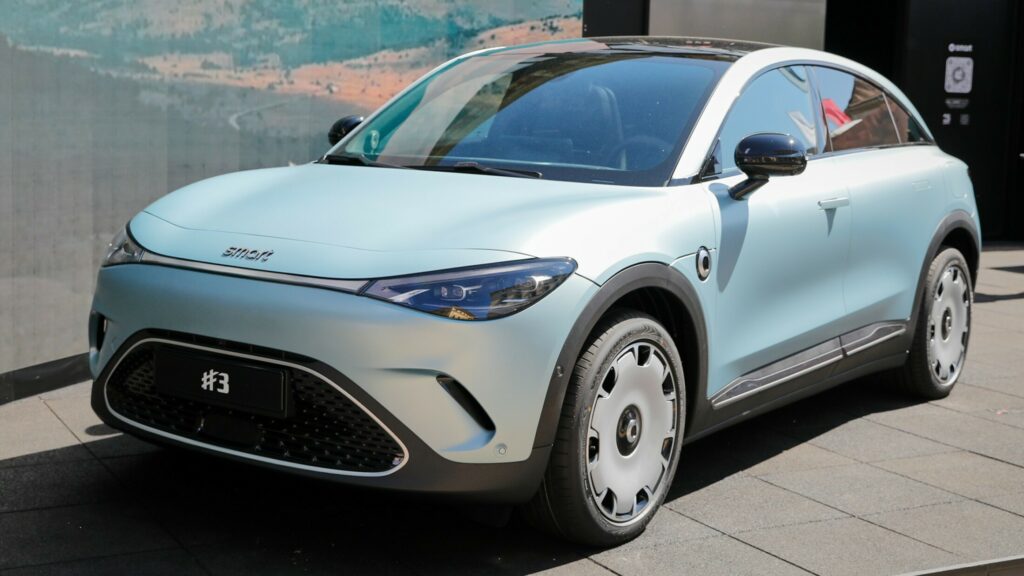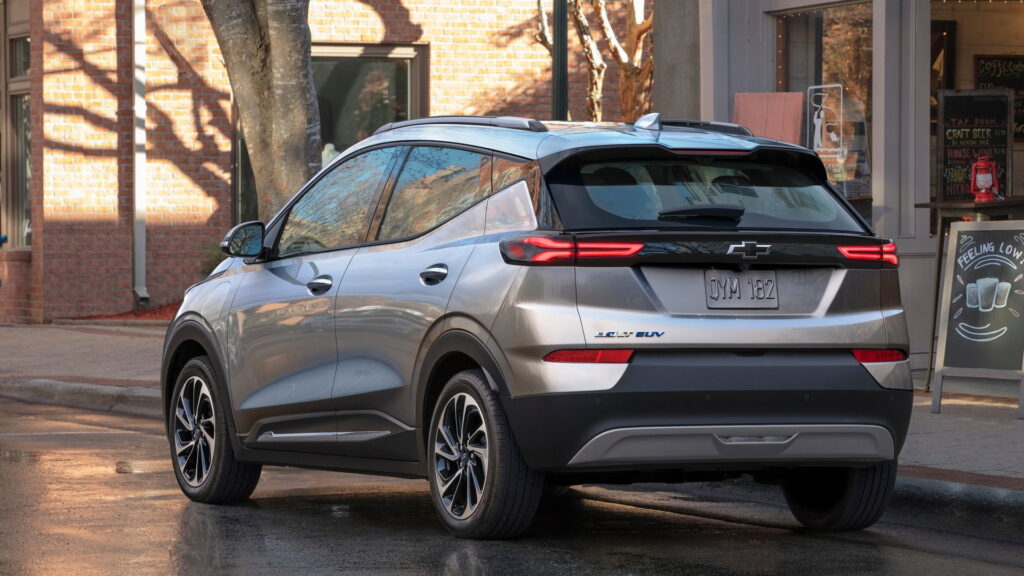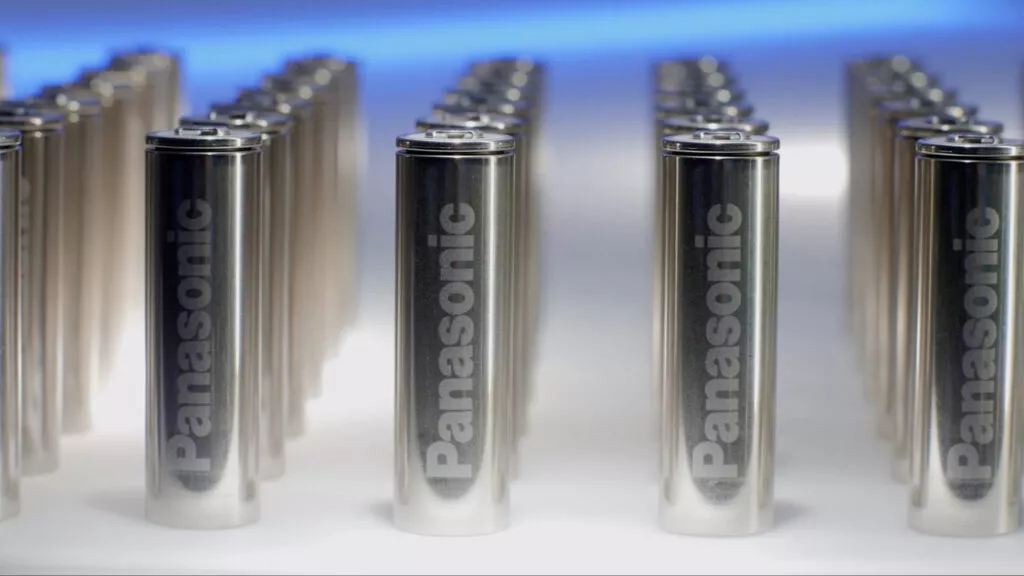Subaru Is Already Using Solid-State Batteries, But Not For What You Think

- The new batteries are being used shortly after Subaru launched the all-electric Uncharted.
- Maxell’s solid-state cells use a ceramic-like electrolyte rather than a liquid one.
- Subaru has previously needed to charge robot batteries every one or two years.
Advanced solid-state batteries have long been regarded as the holy grail for electric vehicles and Subaru has joined fellow Japanese brands Toyota and Nissan by working to implement these advanced new packs. However, rather than using them in any of its EVs, Subaru is instead utilizing solid-state batteries in robots which build engines and transmissions.
Read: Subaru Is Having Second Thoughts On EVs
The batteries in question come from Japanese electronics firm Maxell Ltd and have been primarily used as backup batteries in industrial equipment, designed to protect against computer memory loss. These solid state cells, like those set to be used by future EVs, have a ceramic-like electrolyte rather than a liquid one. This makes them more energy-dense and allow them to support fast charging than traditional lithium-ion cells.
Why Robots Come First
Maxell’s batteries are less than 1 kWh in capacity, and therefore far too small to use in a vehicle. However, they have been adapted for use with Subaru’s factory robots which usually need battery changes every one or two years. These new batteries can last for up to 10 years.
According to Auto News, Subaru has already introduced the batteries into nine robots at its Oizumi engine and transmission plant north of Tokyo.

“By installing all-solid-state batteries in the industrial robots used at our factory, Subaru aims to reduce both industrial waste and maintenance work for industrial robots by utilizing the long battery life,” the company said in a statement.
Subaru’s EV Balancing Act
A few short months ago, Subaru acknowledged that it was “re-evaluating” its electrification strategy, becoming just the latest in a slew of car manufacturers that have become increasingly concerned with the slowing growth of EV sales in certain markets. However, it recently revealed its second EV for North America, named the Uncharted.
This is the brand’s take on the new electric Toyota C-HR but has a slightly more rugged design. The flagship model has a pair of electric motors that combine to deliver 338 hp and enable it to hit 60 mph (96 km/h) in 5 seconds.








































 A German startup believes it has the recipe for electric vehicle battery cells that are cheaper, more energy dense, and less problematic for the environment than current lithium-ion cells. But commercialization seems a long way off. Theion announced Thursday in a press release that it is close to completing a 15 million euro (approximately $16.2...
A German startup believes it has the recipe for electric vehicle battery cells that are cheaper, more energy dense, and less problematic for the environment than current lithium-ion cells. But commercialization seems a long way off. Theion announced Thursday in a press release that it is close to completing a 15 million euro (approximately $16.2...  Chinese researchers claim to have developed a process to recover nearly all of the lithium from used electric vehicle batteries for recycling. The Independent (via InsideEVs) reports on study results first published in the German academic journal Angewandte Chemie claiming recovery of 99.99% of lithium from a used battery, as well as 97% of nickel...
Chinese researchers claim to have developed a process to recover nearly all of the lithium from used electric vehicle batteries for recycling. The Independent (via InsideEVs) reports on study results first published in the German academic journal Angewandte Chemie claiming recovery of 99.99% of lithium from a used battery, as well as 97% of nickel...  Deployment of 5-minute battery swaps could support hundreds of commercial EVs Ample says it's a straightforward retrofit, switching to its own battery packs Solution is less demanding on the grid than fast-charging stations California-based startup Ample is looking to deploy its battery-swapping tech with fleets of electric delivery trucks in...
Deployment of 5-minute battery swaps could support hundreds of commercial EVs Ample says it's a straightforward retrofit, switching to its own battery packs Solution is less demanding on the grid than fast-charging stations California-based startup Ample is looking to deploy its battery-swapping tech with fleets of electric delivery trucks in...